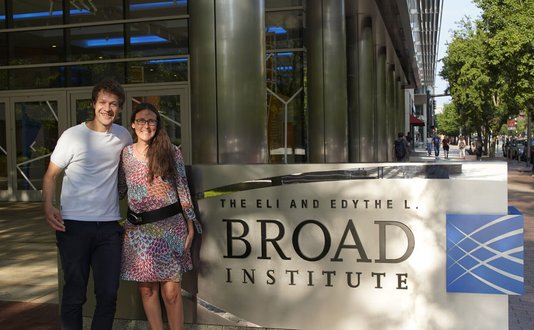
CAMPA: A Powerful Deep Learning Framework for Understanding Subcellular Organization
CAMPA, a new deep-learning framework, that allows for analysis of subcellular organization in healthy and perturbed cells using high-resolution fluorescence microscopy data has now been introduced in Nature Methods. This tool can facilitate the analysis of high-throughput screens and accelerate researchers' ability to gain insight from complex datasets.
A team of researchers from Helmholtz Munich, the University of Zurich, and UNSW Sydney have developed a powerful new tool for analyzing the spatial organization of cells using high-resolution fluorescence microscopy. In their recent publication, they describe the development of CAMPA (Conditional Autoencoder for Multiplexed Pixel Analysis), a deep-learning framework that allows for the study of subcellular organization in both healthy and perturbed cells. Prof Fabian Theis, corresponding author from Helmholtz Munich, explains their reasoning: “Foundation models such as large language models are the next big thing in machine learning and AI. A long-term goal of our research is to build a foundation model of the cell. CAMPA transfers recent work from ours and others on AI for single cell gene expression variation towards learning about spatial subcellular structure, which constitutes another step towards such a model.” Moreover, co-first author Dr Hannah Spritzer from Helmholtz Munich points out their aim: “Our goal was to develop an automated method for the quantitative analysis of subcellular organization with the potential to facilitate analysis of high-throughput screens.”
Subcellular organization is crucial for cell function. To identify consistent subcellular landmarks present in every cell across all cellular perturbations, CAMPA uses a conditional variational autoencoder, an unsupervised deep learning method. These landmarks can be used to create interpretable cellular fingerprints, allowing researchers to identify similarities and differences between perturbations and enhancing our understanding of cellular processes. Using CAMPA, researchers can characterize perturbations in terms of their subcellular phenotypes, meaning that this can be a powerful tool for cellular phenotypic screening.
“With CAMPA, we can now consistently identify the different organelles and other structures in cells directly from highly multiplexed images, which greatly accelerates our ability to gain insight from these complex datasets,” highlights Dr Scott Berry, co-first author from the University of Zurich and UNSW. Prof Lucas Pelkmans, corresponding author, also from the University of Zurich, adds: “This can be a game-changer for drug discovery. With CAMPA, we can now use our 4i (iterative indirect immunofluorescence imaging) platform to compare, at detailed subcellular resolution, the effects of drugs, which can give unprecedented rich insights into their mechanism of action, and ultimately their therapeutic potential.” Ultimately, CAMPA can help to build a queryable atlas of intracellular variation which would be instrumental in uncovering the rules by which spatial context shapes genome activity across multiple scales.
About the scientists
Prof Dr Dr Fabian Theis, Head of the Computational Health Center at Helmholtz Munich, Professor of Mathematical Modelling of Biological Systems at the Technical University of Munich (TUM), TUM School of Life Sciences Weihenstephan, TUM School of Computation, Information and Technology
Dr Hannah Spitzer, postdoctoral Researcher at the Computational Health Center at Helmholtz Munich
Original publication
Spitzer and Berry et al. (2023): Learning consistent subcellular landmarks to quantify changes in multiplexed protein maps. Nature Methods DOI:https://doi.org/10.1038/s41592-023-01894-z
Funding information
S.B. acknowledges support from a European Molecular Biology Organisation long-term fellowship (ALTF1175-2016), a Human Frontiers Science Programme long-term fellowship (LT000238/2017-L), an Australian Research Council Discovery Early Career Researcher Award (DE230100271) and the University of New South Wales. L.P. is supported by the European Research Council (ERC-2019-AdG-885579) and the Swiss National Science Foundation (SNSF grant 310030_192622). S.B. and L.P. acknowledge support from the University of Zurich. H.S. and F.J.T. acknowledge support from the German Federal Ministry of Education and Research (BMBF) (031L0210A) and from the Helmholtz Association’s Initiative and Networking Fund through Helmholtz AI ( ZT-I-PF-5-01).







